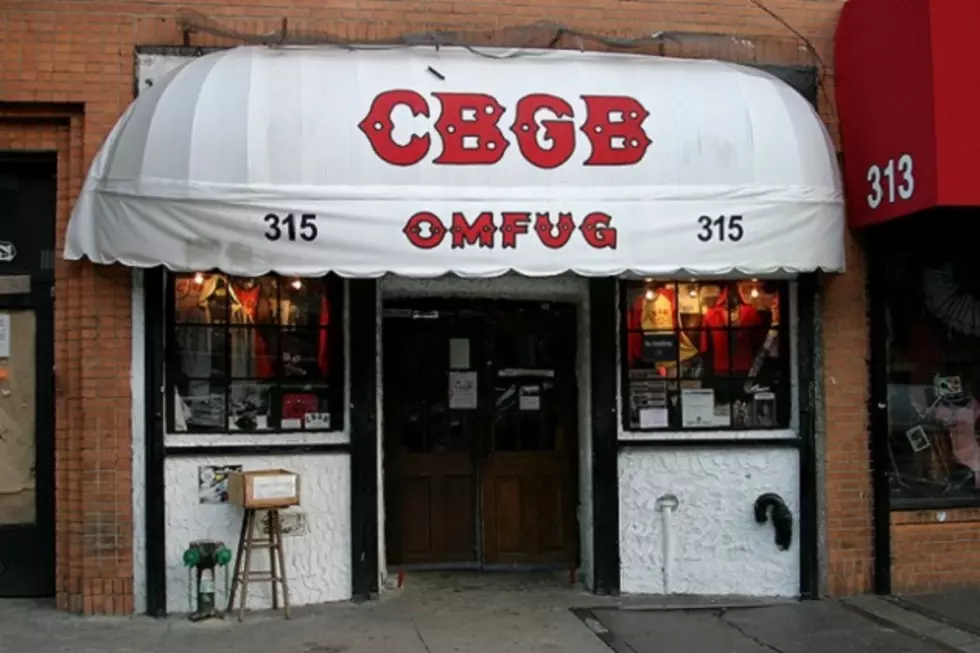
When CBGB Opened in New York City
It wasn’t supposed to be a punk club. You could tell that from the name of the place: CBGB & OMFUG, which stood for Country, Bluegrass, Blues and Other Music for Uplifting Gormandizers.
New York bar owner Hilly Kristal opened CBGB in December 1973 at 315 Bowery in Manhattan, the site of his former establishment, Hilly’s on the Bowery. Before that, Kristal had put most of his energy into a West Village nightclub. When noise complaints forced him to close, he focused on his property in a less desirable part of town.
As the club’s name suggests, Kristal opened CBGB as a club that would spotlight U.S. roots music and maybe a little spoken word. While “gormandizer” normally referred to a lover of food, Kristal intended the subtitle to refer to “a voracious eater of … music.” We're not sure if the Ramones qualify in the literal sense, but they certainly knew how to chew up rock 'n' roll and spit it out.
In New York in the mid ’70s, unsigned bands had a tough time finding clubs that would let them play original music. To pay the bills, Kristal allowed some young promoters to feature local groups at CBGB, as long as they followed two rules: The band had to move all of their own equipment, and they couldn’t play any cover songs (so Kristal didn't have to pay ASCAP dues).
Watch Blondie Perform at CBGB
As one of the only places in the city that catered to up-and-comers, CBGB was soon swarming with bands that embraced the current aesthetic – stripped-down, high-energy rock 'n' roll often played fast, loud and hard.
In less than a year after the bar became CBGB, the venue saw the first gigs by Television, the Ramones and the Stillettos (featuring Debbie Harry and Chris Stein, who would soon form Blondie). These bands spawned others, including the Heartbreakers, the Patti Smith Group, the Dead Boys and Talking Heads. A “scene” developed and, before long, most of the club’s biggest acts were signed to record deals.
Although many of the bands moved on to bigger venues and tours, CBGB rumbled ahead, earning a role as a destination club for overseas acts (the Police played their first U.S. gigs there) and, in the ’80s, becoming a base for New York’s hardcore punk groups. The tiny Bowery bar remained open for decades, serving as a music venue, tourist spot and punk-rock rite-of-passage (the place’s one, disgusting bathroom is legendary among rock fans).
Sadly, CBGB is no more. The club was shuttered in 2006 after a rent dispute (the neighborhood had improved significantly over the years) and final gigs by some of the club’s most famous acts. Kristal died in 2007, and the famous CBGB awning was sent to the Rock and Roll Hall of Fame in Cleveland.
Ranking Every Talking Heads Album
More From WWMJ Ellsworth Maine










